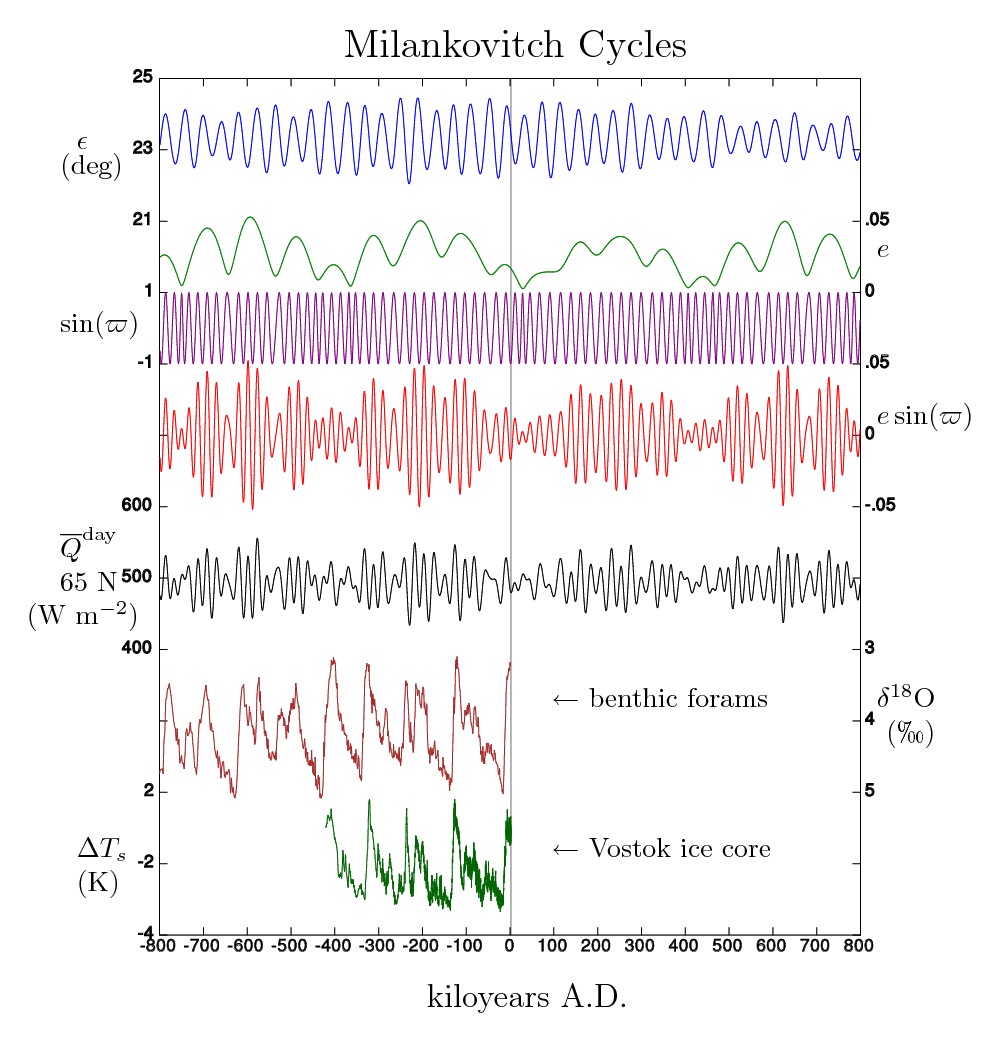What would be the necessary geographic changes in order to make parts of Siberia as far north as Yakutsk (or maybe a little less) and coastal areas up to those bordering the sea of Okhotsk and Kamchatka as hospitable as western Russia?
-
$\begingroup$ Hi Bangerblade. You likely don't realize it, but you've asked a MASSIVE question that involves geographic, geologic, climatic, and possibly orbital/aspect changes. It's breathtaking in its scope and not easily answered in a couple of paragraphs - which makes it well out of scope for the site. Can you explain why you need this answer or how you'll use it? Maybe there's a solution that doesn't require divine intervention to make such a change. $\endgroup$– JBHCommented May 29, 2022 at 20:47
-
$\begingroup$ To make my point, one solution is to move the axis of the Earth so its rotation puts the line from Moscow to Egvekinot along a new equator. How that can be brought to be is beyond my ability to speculate - and the consequences to other areas of the planet would be... impressive. Does it matter what happens to the rest of the planet? $\endgroup$– JBHCommented May 29, 2022 at 20:51
-
$\begingroup$ Well, it normally is. It just happens that we live in an ice age. It will soon pass, geologically speaking. $\endgroup$– AlexPCommented May 29, 2022 at 20:55
-
1$\begingroup$ @JoinJBHonCodidact: We are at present in an inter-glacial period, which started about 12,000 years ago and is expected to go on for some thousands of years. The words "good" and "bad" have little meaning when speaking of Earth-as-a-whole, because Earth is basically a big ball of iron and rock and we cannot do anything much to it. It's bad for a large part of mankind. Maybe not so bad for Siberia... I haven't heard much noise from Russia complaining that their Northern Sea Route becomes more and more practicable, or that the growing season in Siberia is longer and longer. $\endgroup$– AlexPCommented May 29, 2022 at 21:23
-
1$\begingroup$ @JoinJBHonCodidact: Ah, and when the on-going inter-glacial ends, the ice will come down to New York or thereabouts, and Great Britain will become a peninsula of Europe again. The energies involved are incomparably larger than whatever mankind can do. $\endgroup$– AlexPCommented May 29, 2022 at 21:30
2 Answers
Just give it time and CO2.
I happened to see the answer to your question recently as an article on phys.org, citing a simulation published in eLife. In the high-emission scenario (RCP 8.5) practically the entire tundra is replaced by larch trees, which in Russia mark the northern extent of the tree line.
There is some technical discussion on the time involved - in the simulation it takes centuries because larch trees only spread at 30 km/year, but in the real world, settlers migrating from heat-ravaged areas are obviously going to bring along trees to line their new streets, and plant larger areas of forest to provide future building material (and mitigate CO2, naturally!). In any case, by mid-millennium the delicate tundra ecosystem is gone and many of its species extinct, which seems to make the area "hospitable as Western Russia" in broad terms.
The costal area around Okhotsk is only 6 m above current sea levels (says Wikipedia). So it is quite hard to change anything, which would not also cause a flooding there. The CO2 from Mikes excellent answer for an example will also cause the pole caps to melt which will cause a sea level rise endangering the costal area which you want to become more habitable.
Neglecting this effect I would suggest a solution based on orbital mechanics looking at the Milankovitch Cycles which are the major factor for large parts of Russia being so cold.
Here is an image from Incredio, licensed under CC BY 3.0, obtained via Wikimedia Commons showing their effect:
The blue line is the obliquity which is the angle between the orbital axis and the rotational axis of earth. The green line is the eccentricity of earths elliptical orbit around the sun, the purple line is the longitude of the periapsis which in a nutshell describes how the earth orbit around the sun is located to the reference frame of the sun and the red line is the precession which describes in which direction the rotation axis of earth is pointing.
These orbital parameters do have an effect on the amount of sunlight received (basically what the black line is about) and the temperature (see green line which is a measurement on ice from Antarctica). So to get warmer you can change the first four parameters to receive more sunlight in general (eccentricity and longitude of periapsis) or specifically in the area you are interested in (obliquity and precession). This could be achieved by swing by maneuvers of many many heavy asteroids or as AlexP pointed out in the comments of your question by waiting for them to change over time.

